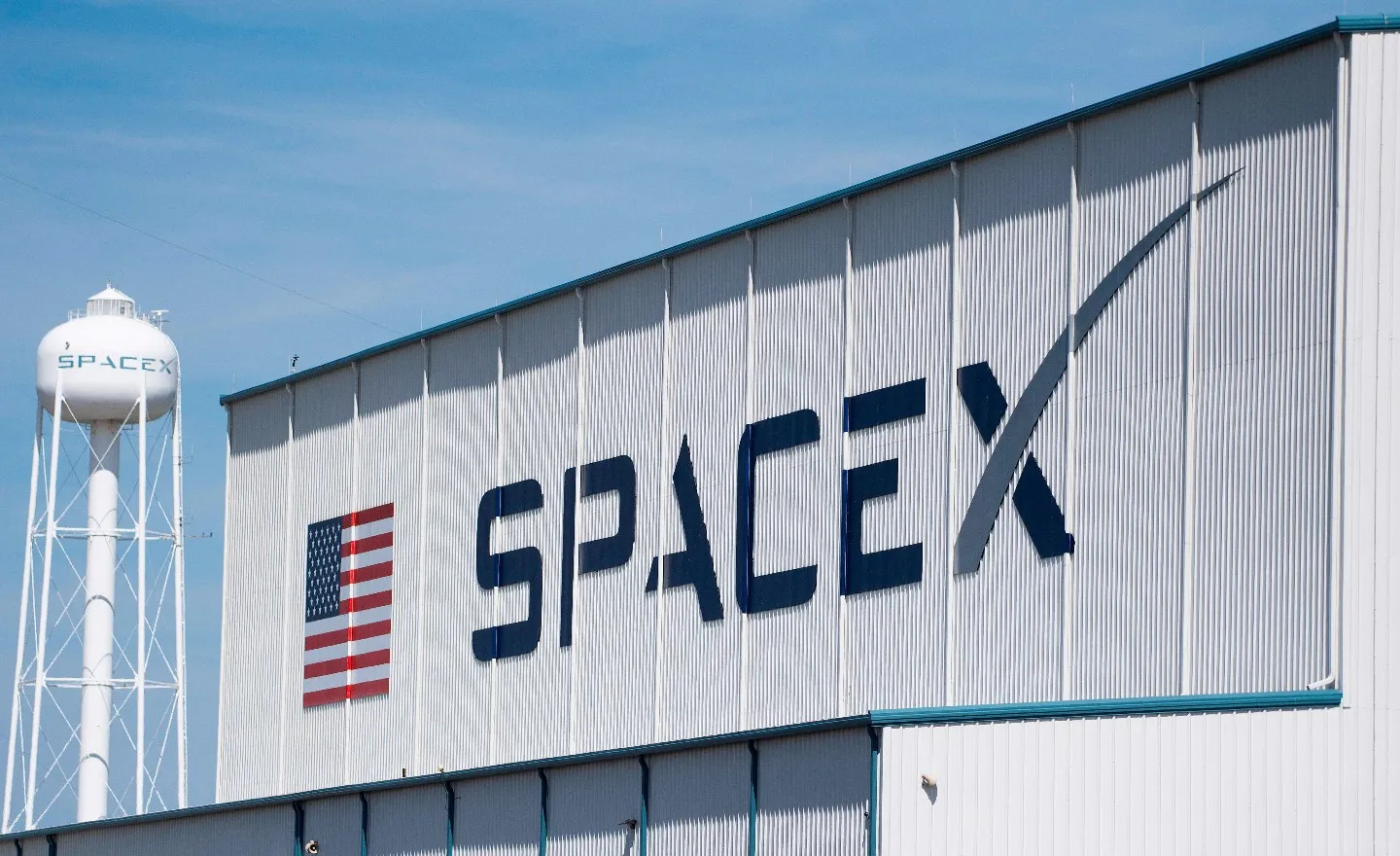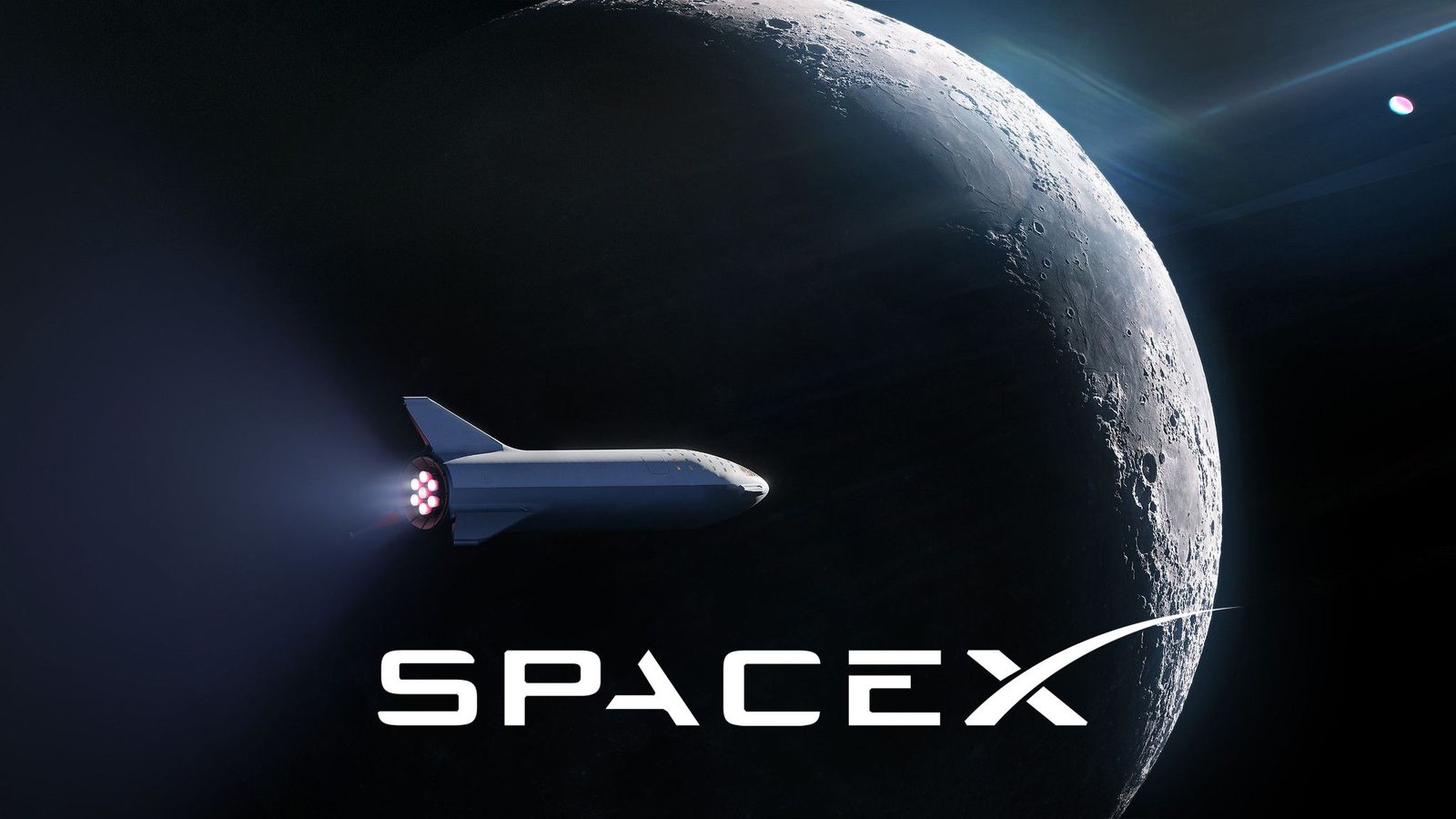In a significant stride towards bolstering national defense, Elon Musk’s SpaceX has successfully deployed the US Military’s cutting-edge hypersonic missile-tracking satellites into orbit. This monumental launch, which took place on Valentine’s Day 2024 from Florida’s Space Coast, marks a pivotal moment in the US’s efforts to enhance its monitoring capabilities against the swiftly evolving threat of hypersonic missiles.

Elon Musk’s SpaceX: A New Era in Missile Defense
The launch involved the Falcon 9, SpaceX’s flagship launch vehicle, carrying a total of six satellites. Among these, two prototypes stand out, set to spearhead a comprehensive testing program slated to commence later this year. These satellites, developed under the auspices of the Missile Defense Agency (MDA), are designed to track hypersonic missiles.
Such missiles, known for their high-speed, low-altitude flight within the Earth’s atmosphere, pose a significant challenge to current defense mechanisms due to their elusive nature.

Dual Launch Success: A Testament to SpaceX’s Versatility
The Valentine’s Day operation was noteworthy not just for its payload but also for showcasing SpaceX’s operational flexibility. The company executed two separate Falcon 9 missions from distinct launch pads—one in Florida and the other in California—each tasked with delivering crucial payloads to orbit.
The Florida mission, designated USSF-124, was a collaboration between the US Space Force and the Department of Defense, culminating in the successful deployment of the six satellites, including the two MDA prototypes and four additional satellites for the US Space Force.
Three Falcon 9 launches in ~23 hours, completing our 13th, 14th, and 15th missions of the year pic.twitter.com/GIkUzBp9MH
— SpaceX (@SpaceX) February 16, 2024
Monitoring Hypersonic Projectiles: A Strategic Imperative
The Space Development Agency (SDA) has christened these new assets as part of the Proliferated Warfighter Space Architecture (PWSA). This initiative aims to test these satellites’ ability to detect and track hypersonic projectiles, providing early warnings to enable effective countermeasures.
The ultimate goal is to integrate these four satellites into a prototype constellation, known as Tranche 0, with further expansions planned under Tranche 1, involving collaborations with SpaceX and United Launch Alliance (ULA).
Space Force’s Ambitious Vision for Missile Tracking
The inception of this satellite constellation stems from the Space Force’s proactive request for substantial funding aimed at developing hypersonic missile-tracking technology.
With a proposed budget of $16 billion earmarked for this project over five years, the Space Force embarked on a mission to create a sophisticated satellite network capable of neutralizing the hypersonic threat.
By December 2023, the Space Development Agency had initiated the production phase of these satellites, with L3Harris taking the helm as the principal contractor, tasked with delivering 16 satellites to fortify the SDA and Space Force’s capabilities.

Looking Ahead: Testing and Expansion
As the US military gears up to test these newly launched satellites later this year, the stage is set for a dramatic enhancement in the nation’s defense posture.
The deployment of the PWSA satellites not only underscores the strategic importance of space-based assets in contemporary warfare but also highlights the crucial role of private-sector partnerships in achieving national security objectives.
With SpaceX at the forefront of this endeavor, the future of hypersonic missile tracking looks promising, poised to ensure the US remains at the cutting edge of missile defense technology.









